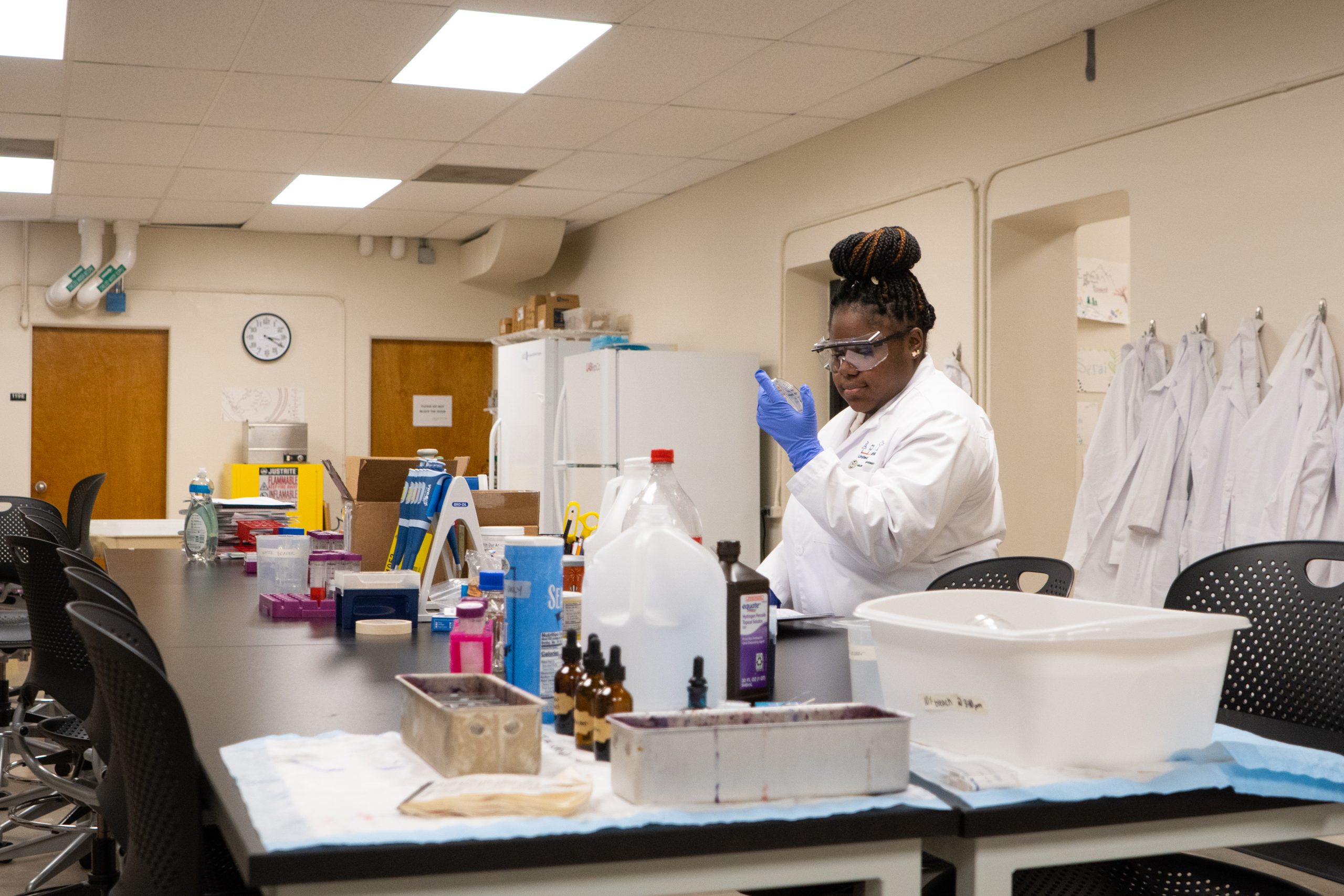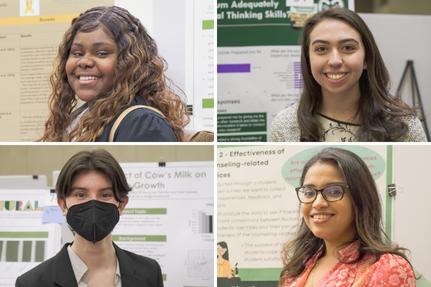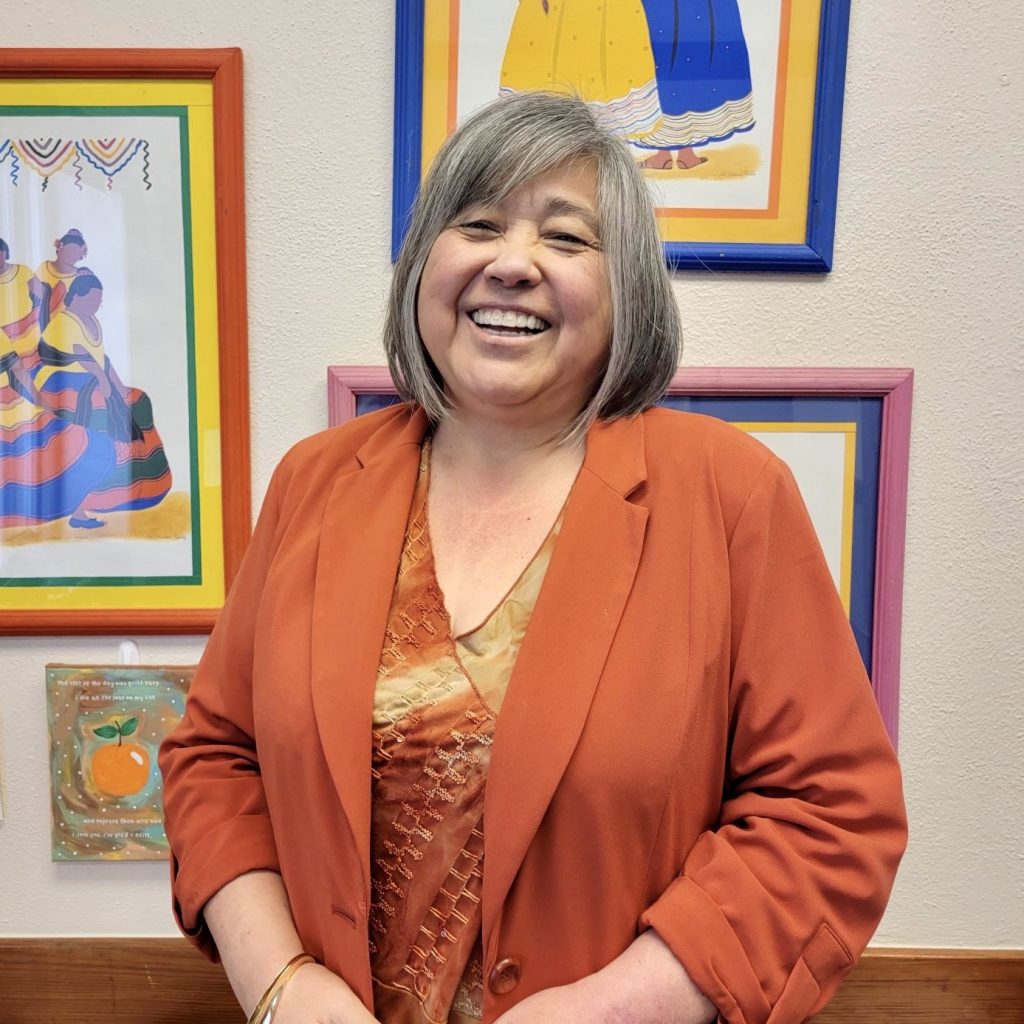Undergraduate research builds confidence
Hannah Gilliard’s undergraduate research experiences were transformative for her in her first year at Colorado State University and set her up for success in her second year.

Colorado State University was not on Hannah Gilliard’s list when she was exploring colleges; however, a brochure in the mail changed everything. Gilliard, who graduated high school at the age of 16 after being primarily homeschooled, was captivated by the research opportunities for undergraduate students and the focus on sustainability at CSU. She moved across the country from South Carolina, with her parents, to pursue a degree in biology with a focus on pre-med.
“CSU was not even on my radar; I just got a postcard in the mail, and I wondered ‘what is this? What is Colorado State University?,’” said Gilliard. “I started looking into the school, and I knew that they had a lot of great research opportunities for undergraduates in their later years of school. I also saw that they were doing a lot with sustainability, which I thought was really cool.”
Gilliard’s dream of performing undergraduate research became a reality sooner than she expected, through two innovative CSU programs built by cross-campus collaboration – the MURALS (Multicultural Undergraduate Research Art and Leadership Symposium) First Year Academy and United in STEMM OURA (Office of Undergraduate Research and Artistry) Lab Experience.
Now, Gilliard is in her second year at CSU and is focused on her goal of becoming a pediatric oncology surgeon. She is also helping the next generation of first-year students get involved in research by serving on the MURALS Entourage Team, a group that participates in new student orientation.
High impact practice
In Fall 2021, the MURALS First Year Academy was in its pilot stage. This program sought to give first-year undergraduate students an opportunity to do research through a partnership between the Office of Inclusive Excellence and the colleges across CSU.
“The goal of MURALS is to increase the number of underrepresented students who participate in undergraduate research – specifically first-generation and students of color,” said Bridgette Johnson, assistant vice president in the Office of Inclusive Excellence. “We have found that persistence rates for MURALS participants are higher than for nonparticipants who identify as students of color. We also found that only 4% of MURALS participants in the past were first-year students.”
Johnson saw this data point as an opportunity and created the program from scratch with support from the Office of the Provost. Students persisting from one semester to another is critical to student success, and high-impact practices, such as undergraduate research, increase the percentage of persistence.
“We know undergraduate research is a high-impact practice and if we are exposing students to high-impact practices early in their academic journey not only does it increase persistence, but more importantly it also helps the student with their own success,” said Johnson.
For Gilliard, MURALS was an opportunity to begin pursuing her medical career goal. Gilliard’s project focused on a literature review of psychological outcomes for childhood cancer survivors.
“The reason I wanted to look at this is because I want to become a doctor, I want to work with children with cancer,” said Gilliard. “One thing I don’t think we talk about is that after the remission of cancer how well adjusted their life is back in society.”
Gilliard not only gained valuable experience through the literature review, but she also received the Rising Star in Social Sciences and Humanities award.
Gaining skills in the lab
In addition to participating in MURALS, Gilliard is part of United in STEMM, an initiative to support and identify gaps for students with underrepresented identities pursuing STEM degrees at CSU. United in STEMM teamed up with the OURA laboratory to provide lab-based research opportunities for students.
Through the OURA Lab, Gilliard learned how to culture environmental samples and grow them out on petri dishes to identify different bacteria. This experience helped Gilliard learn critical lab and research skills.
“The OURA lab helps us get more confident in our technique; we learned many different lab skills while working on our own independent projects,” said Gilliard. “We got our own lab coats, so that was cool too.”
As Gilliard starts her second year at CSU, she is excited to continue her research. “Being able to have these experiences feels like it sets me on the right track. It was a great asset, and I feel more confident for the years ahead.”





